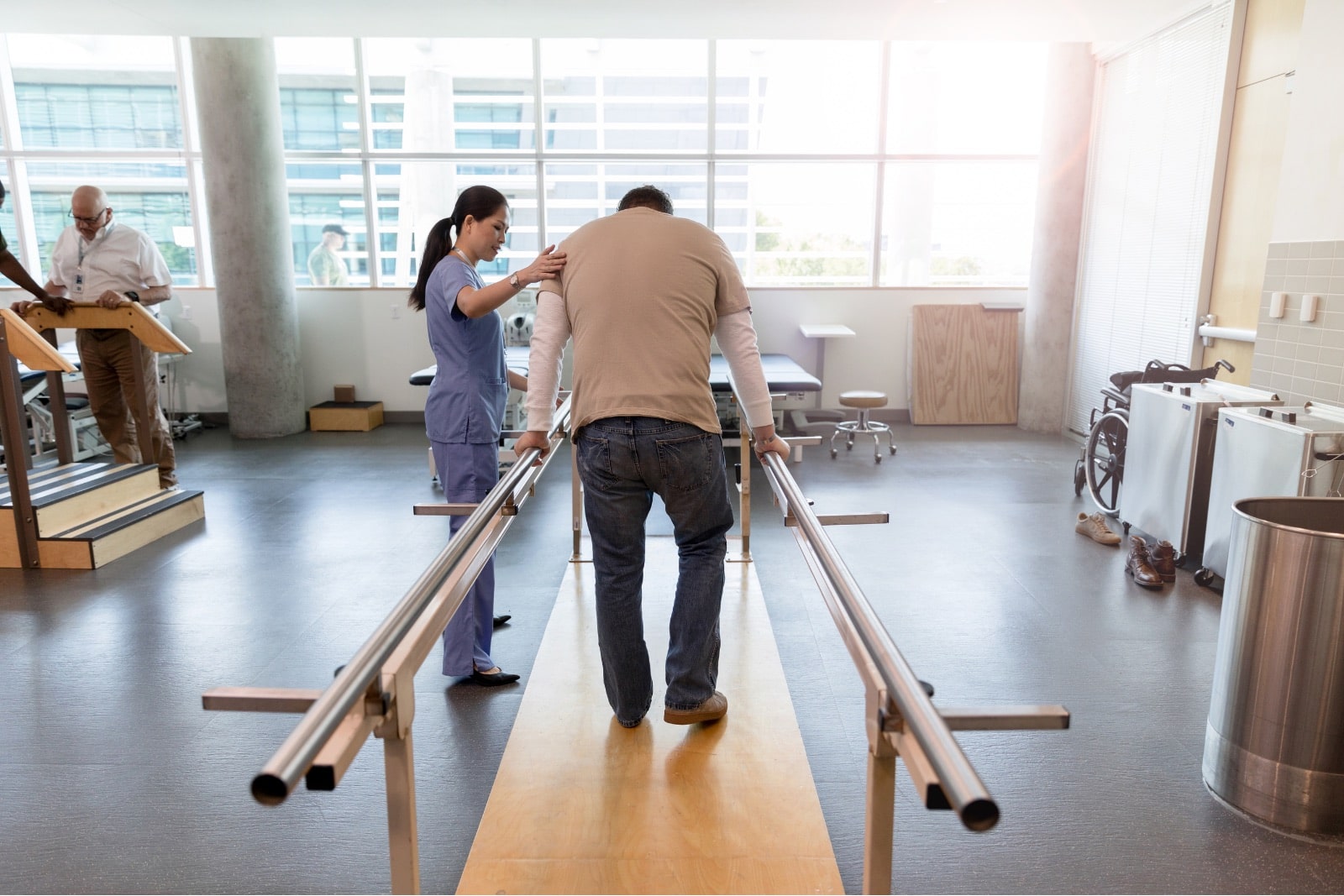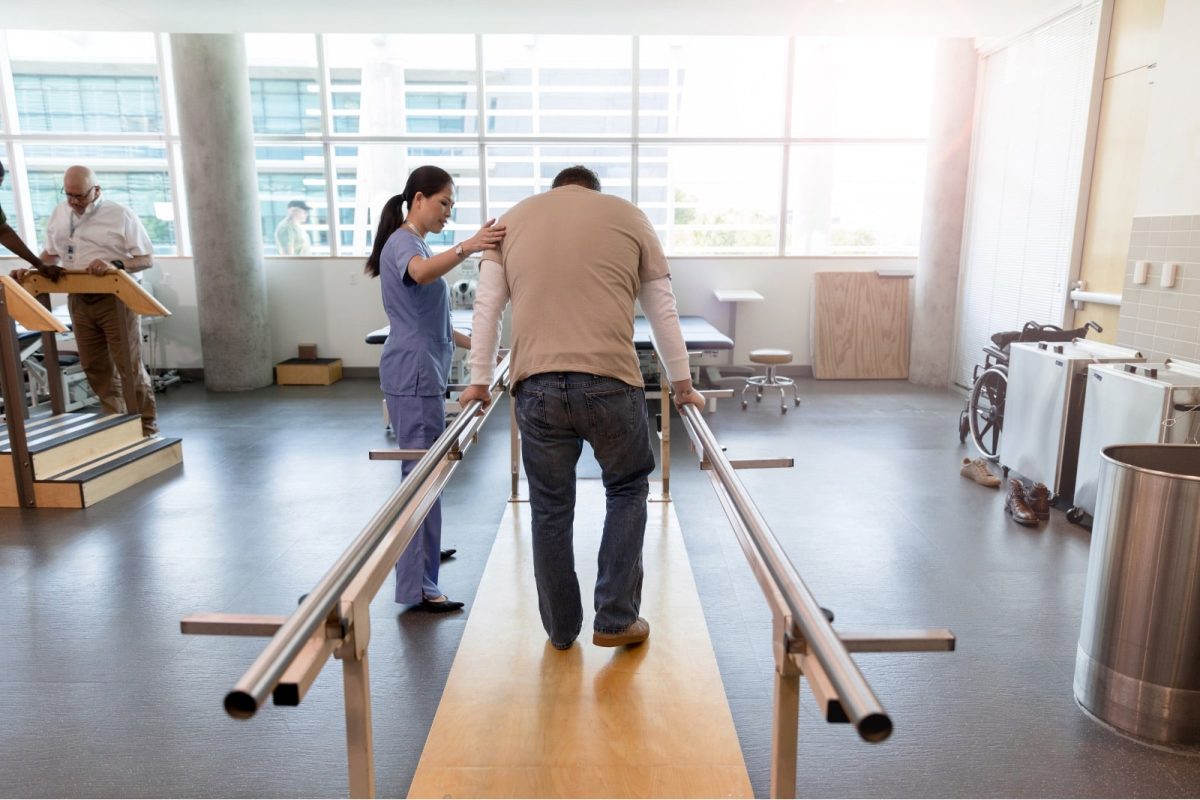Recovery 101 Guide: Secrets to Speed Up Your Healing Process


Embrace The Power Of Healing
Welcome to this recovery 101 guide, where we’ll explore simple but powerful ways to help your body bounce back after intense workouts or everyday aches. Many athletes and weekend warriors in Canada feel stuck when soreness lingers, and it’s easy to overlook how proper recovery can actually help you train harder and stay healthier in the long run. A 2024 survey by a leading exercise research group found that nearly 70% of active adults skip or shorten their rest days, which often leads to plateaued results or minor injuries. Good news, taking time to heal can be more straightforward than it looks, and the steps below will show you how.
Key Takeaway
Recovery isn’t just about taking a break: it’s also about fueling your body, recharging your mind, and supporting muscle repair so you can bounce back stronger and more confident.
Understand Why Rest Matters
Your body is built to adapt. When you exercise, your muscles develop tiny tears that must repair and rebuild. Rest gives those muscle fibers the breathing room to mend. If you skip rest altogether, the stress on your muscles can pile up, slowing your progress and increasing the chance of injury.
- Rest days let your muscles fix microscopic damage.
- Your energy reserves refill, making your next workout more productive.
- Your mind also benefits, because mental fatigue adds up when you don’t pause.
A balanced approach to training usually includes at least one full rest day every week. If you’re feeling run down, consider adding more rest or lighter sessions like gentle yoga or stretching. Listen to your body’s clues: persistent fatigue, poor performance, and irritability can all mean you’re pushing too hard.
Fuel Your Body Properly
Your body repairs muscles around the clock, relying on nutrients from the food you eat. Well-rounded meals help keep you energized and minimize those nagging aches.
Focus On Proteins, Carbs, And Fats
- Protein: Aim for quality sources such as lean meats, eggs, beans, or tofu. These building blocks promote muscle growth and carry out crucial repair processes.
- Carbohydrates: Whole grains, fruits, and vegetables supply steady energy and help refill the muscle glycogen (your fuel tank).
- Healthy Fats: Avocados, nuts, and salmon feed your cells essential fatty acids, which can reduce inflammation in your body.
Snack Smart After Workouts
A small snack (like Greek yogurt with berries) within 30 minutes of exercise supports faster glycogen replacement and muscle recovery. Keeping fuel levels steady throughout the day can help you feel more even-keeled, so consider small, balanced snacks rather than large, spaced-out meals.
Stay Well-Hydrated
Think of water like the oil in an engine. Hydration helps maintain normal muscle contractions and regulates your body temperature. If you aren’t drinking enough, your muscles feel more tired, and you struggle through workouts. Aim for clear or light-yellow urine, and remember that factors like heat, humidity, or caffeine can make you dehydrate faster.
Explore Recovery Methods And Tools
It’s not just about taking days off. Supporting your healing comes from embracing specific tools and techniques that keep your muscles and joints in top shape.
Use Active Recovery
Light movement or low-intensity cardio (like walking, gentle cycling, or yoga) boosts circulation and delivers fresh oxygen to your muscles. This increased blood flow can stimulate healing while still giving you a break from hard training. If you’re interested in advanced supplements or performance aids, you might see discussions on Testolone vs. Ligandrol. Both have gained popularity among bodybuilders for potentially supporting faster muscle growth, but keep in mind any supplement should be approached with caution and ideally under professional guidance.
Incorporate Massage And Foam Rolling
Sports massages, or rolling stiff spots with a foam roller, may reduce muscle tension and promote relaxation. According to one physiotherapist, “Gentle pressure helps your tissues release small knots, improving circulation and flexibility.” It’s a technique you can do daily, especially after intense exercise sessions.
Cool And Heat Therapy
- Ice Packs: Apply cold compresses to inflamed areas soon after a workout, for 10–20 minutes at a time, to help reduce swelling.
- Heat Therapy: Warm baths, heating pads, or a sauna session can be soothing later on, dilating your blood vessels and supporting deeper relaxation.
Understand Testolone vs. Ligandrol
When exploring advanced performance enhancers, you may come across Testolone vs. Ligandrol debates. Each compound is said to assist with muscle building and recovery, but be aware of potential side effects or legal restrictions. Research remains ongoing, and scientific insights can vary. Before diving into either option, consult with a certified medical professional who can help you weigh if it’s the right fit for your routine.
A quick overview comparing these two popular supplements:
| Factor | Testolone | Ligandrol |
|---|---|---|
| Potential Muscle Gain | Often reported as significant | Moderate to high |
| Common Usage | Bulking or strength cycles | Lean mass cycles |
| Research Status | Limited clinical trials | Ongoing human studies |
You’ll see continued debate on Testolone vs. Ligandrol in bodybuilding circles. Remember that balanced nutrition and proven recovery practices form the foundation, while supplements or research compounds are an optional layer that should be handled responsibly.
Balance Workouts With Quality Sleep
If you’ve ever felt groggy after a late night but tried to lift weights anyway, you know that sleep matters. Good rest helps your hormones rebalance, aids in tissue repair, and keeps your mind sharp.
- Aim For 7–9 Hours: Most adults thrive in this zone. If you routinely clock less than seven hours, your muscles may not get adequate repair time.
- Stick To A Schedule: Try to go to bed and wake up at around the same time each day. Consistent patterns support your biological clock, making it easier to fall asleep and wake up without dragging.
- Create A Sleep-Friendly Environment: Keep electronics out of the bedroom, dim the lights before bed, and try to wind down with calming routines like reading or soft music.
When your sleep is on track, you’ll notice even moderate muscle soreness fades more quickly. The faster you bounce back, the more consistently you can train.
Build Mind-Body Resilience
Workout recovery isn’t only physical. Stress can inhibit healing, and mental tension may affect how motivated you feel to exercise. By incorporating mindfulness and a gentle approach to self-care, you’ll bolster your physical gains too. Here are a few methods:
- Meditation: Guided breathing or simple mindfulness can lower stress hormones and improve mental clarity.
- Gentle Stretching: Regularly practicing short, flexible routines can ease tightness and support overall recovery.
- Journaling: Writing down goals, setbacks, and successes can help you track emotional well-being and notice patterns in your body’s performance.
One pro tip is to listen to how you speak about your own progress. Encouraging self-talk can help you stay calm even when you’re dealing with unexpected setbacks.
Monitor Progress And Adjust
Since everyone’s biology is different, it’s wise to track what works best for you. Keep a simple log of:
- Weekly workout intensity and duration
- Sleep hours and perceived quality
- Mood or stress levels
- Dietary habits, including supplements you’re testing out
This record helps you notice patterns, like if you’re consistently sore after one type of workout or if certain foods boost your recovery more effectively than others. If you decide to discuss Testolone vs. Ligandrol or any other performance enhancer with a health professional, having details on your routine, diet, and rest patterns will help them guide you more accurately.
Consider A Light Recovery Schedule
Below is a sample weekly schedule showing how you might balance intense sessions with active rest and quality downtime:
| Day | Activity | Key Focus |
|---|---|---|
| Monday | Heavy workout (full-body) | Strength + hypertrophy |
| Tuesday | Light cardio (jog) or yoga | Active recovery |
| Wednesday | Moderate workout (upper body focus) | Targeted muscle work |
| Thursday | Rest day (gentle stretching) | Full rest + mental reset |
| Friday | Heavy workout (lower body focus) | Strength + hypertrophy |
| Saturday | Leisurely walk or swim | Active recovery |
| Sunday | Rest day | Complete recovery |
Feel free to adjust for your own goals, combining your rest days or spacing out intense workouts differently. The point is to avoid overloading multiple high-intensity sessions without breaks.
Quick Recap And Encouragement
By now, you’ve seen that recovery is a holistic process, blending rest, nutrition, gentle movement, and deliberate supplementation choices. Small shifts can pay off big. It doesn’t take fancy gear or exotic solutions to support your body’s natural ability to heal. Consistency in healthy habits is often the true secret.
Feeling ready to put these ideas into action? You’ve got this. Giving yourself enough rest isn’t a luxury, it’s a necessity. When you do decide to ramp up your routine, remember that science-based recovery methods lay the groundwork for better stability and strength.
If you’re looking to explore advanced supplements or simply want to stock up on essentials, take a look at what we offer at SarmsCentral.ca. We make it easy for you to find curated, reliable products to round out your recovery approach.
Frequently Asked Questions
1. What Causes Muscle Soreness After Workouts?
Muscle soreness, often called DOMS (delayed onset muscle soreness), typically comes from micro-tears in your muscle fibers. When these fibers repair themselves, they grow stronger, which leads to that feeling of tenderness in the days after tough exercise.
2. Do I Really Need Dietary Supplements For Recovery?
Not always. A balanced diet with enough protein, carbs, and healthy fats can cover most people’s needs. However, if you have special goals or nutritional gaps, supplements can be a strategic boost. The key is verifying quality and talking to a qualified professional if you’re uncertain.
3. How Does “Testolone vs. Ligandrol” Fit Into Recovery?
Some individuals look into Testolone vs. Ligandrol to potentially speed up muscle growth and shorten recovery times. These substances are still considered research chemicals, and their long-term effects aren’t fully understood. Always research thoroughly and consult a medical expert before you try them.
4. How Much Rest Is Too Much?
There’s no universal limit. If you’re noticing a drop in motivation or if you feel sluggish when you return to workouts, you may be resting too much. Generally, one to two full rest days per week, plus lighter active recovery days, works for most people.
5. What If I Can’t Sleep Enough?
Working night shifts, juggling family obligations, and dealing with stress can make it tough to get 7–9 hours of sleep. Try to optimize quality when you can: turn off screens at least 30 minutes before bedtime, lower room temperature slightly, and slip into a consistent bedtime routine.
Recovery is your body’s chance to repair, rebuild, and refocus. By following this recovery 101 guide, you can fine-tune your approach to resting, eating, and caring for your muscles in a way that fits your lifestyle. Keep experimenting with these techniques, listen to your body, and celebrate your progress step by step. You’ll find that the right mix of rest and active support can unlock a higher level of performance, whether you’re a dedicated bodybuilder or just looking to train pain-free. Here’s to your stronger, healthier tomorrow!
